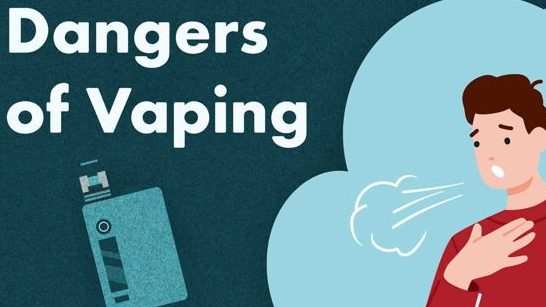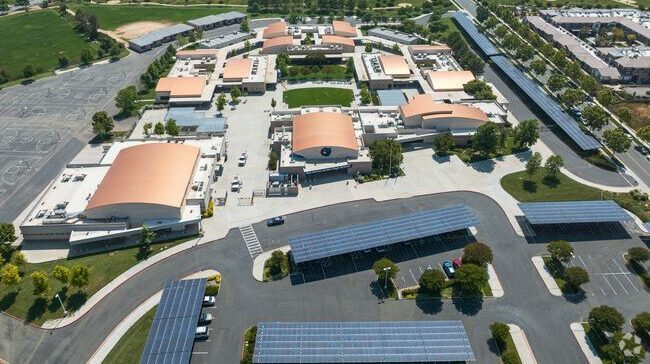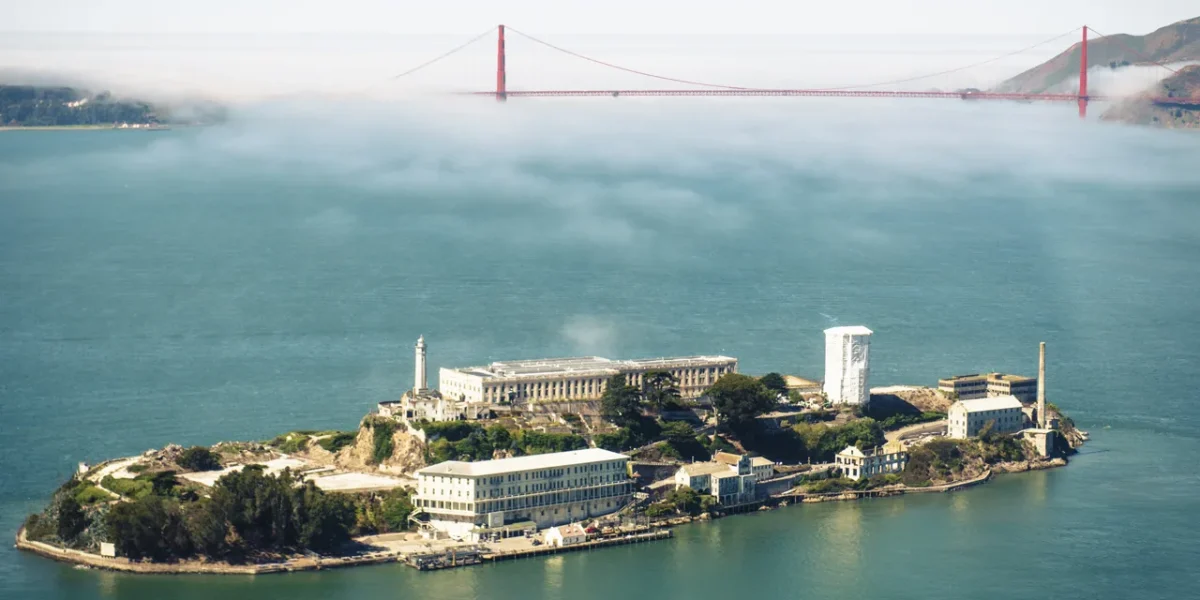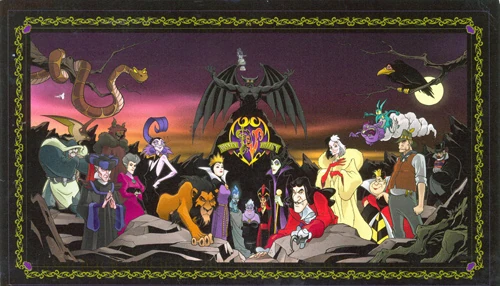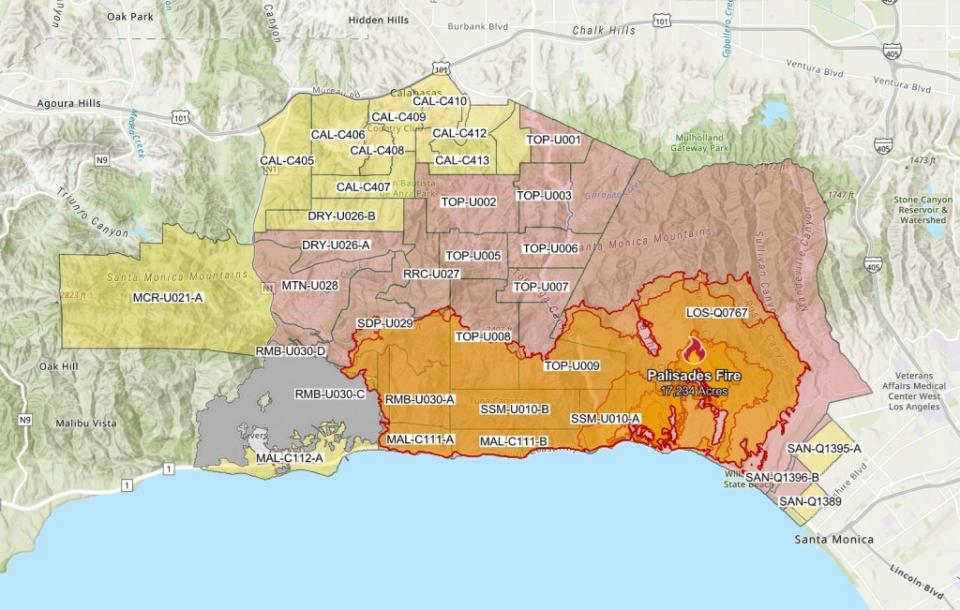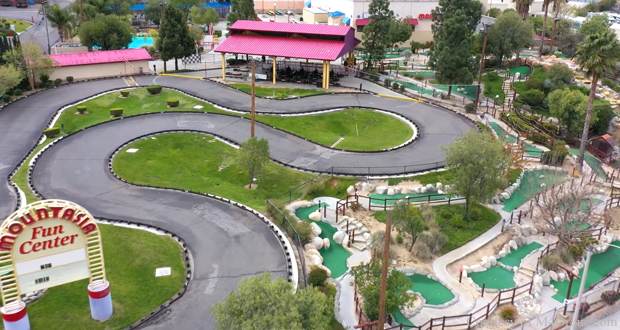Black holes are not a fun trip. While they are already pretty weird with their singularity and the swapping of space and time, they can get a lot weirder for one extremely simple reason: black holes actually rotate. Black holes can be measured in three different categories: rotation, electric charge, and gravity. For this specific article, we will discuss all three, but why do they even rotate in the first place?
The singularity is a guaranteed death if you enter a black hole. Singularities are often misunderstood; they are frequently described as infinitely small points at the center of the universe. However, a point can’t rotate. Instead, singularities are actually in your future. When you enter a black hole, space and time swap places. This is why, when you move in any direction in a black hole, you reach the singularity faster. The key to surviving the longest in this beast is doing… nothing. But is there a way to release this singularity? Well, there is! Sort of. You see, as we mentioned before, black holes are measured by spin, charge, and gravitational pull. With this, you can actually feed the black hole to a maximum capacity, and when it reaches this maximum of rotation or charge, it won’t take in any more “food” of either. This doesn’t apply to gravity, though. If we were to hit matter into the black hole at just the right angle, we might be able to overfeed and destroy the event horizon. We did it! But this isn’t a good thing. This singularity could do anything and could potentially destroy the laws of physics themselves. It could destroy, create, and change all matter, so it’s safe to say that event horizons trap the singularity, at the cost of everything else that falls in.
When something is spinning, it doesn’t want to stop spinning. We call this force angular momentum. This is true for stars as well. When something spins and gets smaller, it spins even faster. So, as a star collapses and bounces off its iron core, it creates a product, i.e., a black hole that spins millions of times a second. This rotation is so strong that it drags and warps space-time, creating a strange area that surrounds the black hole. This is our ergosphere, where the rotation of the black hole forces everything to move. In fact, to even stand still here, you need to travel faster than the speed of light.
A strange aspect of this area is that it’s like swimming in a wavy pool; if you do it right, you can go faster than before. The same applies to the ergosphere. If we were to launch a rocket inside the ergosphere, the rotation could give us a boost and send us way faster than we could have gone otherwise. Of course, this requires a lot of “food,” but we might have a way to harness this energy even more efficiently.
For a black hole with the mass of our sun, we would need around 8 cm thick glass to surround and cover it. This is similar to a Dyson sphere, the difference being that our design is more compact and less complex. Next, we would shoot a laser into the black hole. As the laser bounces off the glass, some of the light falls into the black hole, creating a process called superradiant scattering. As the laser gets faster and faster, we might be able to open up a window, creating an energy source for millions, if not billions, of years. However, there is a side effect. If the energy is not released enough—or not at all—it could create an explosion the size of a supernova.
At the end of our reality, future civilizations might find themselves in front of a black hole. When all stars cool down and the universe becomes dark and lifeless, there might still be places to go.
(Books Referenced: In A Nutshell’s Black Hole Series by Kurzgesagt)

